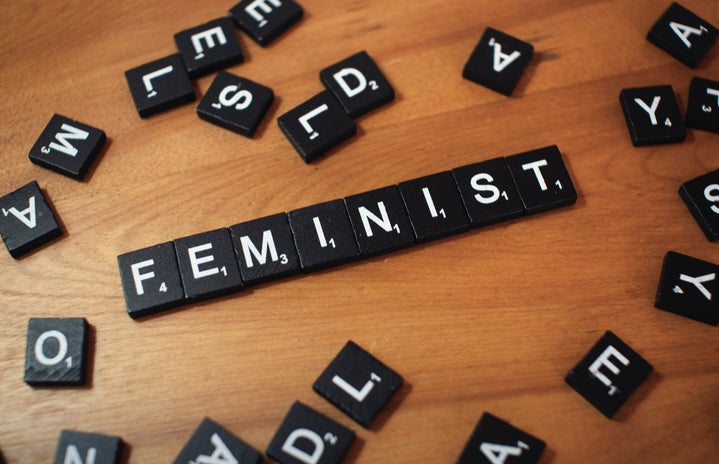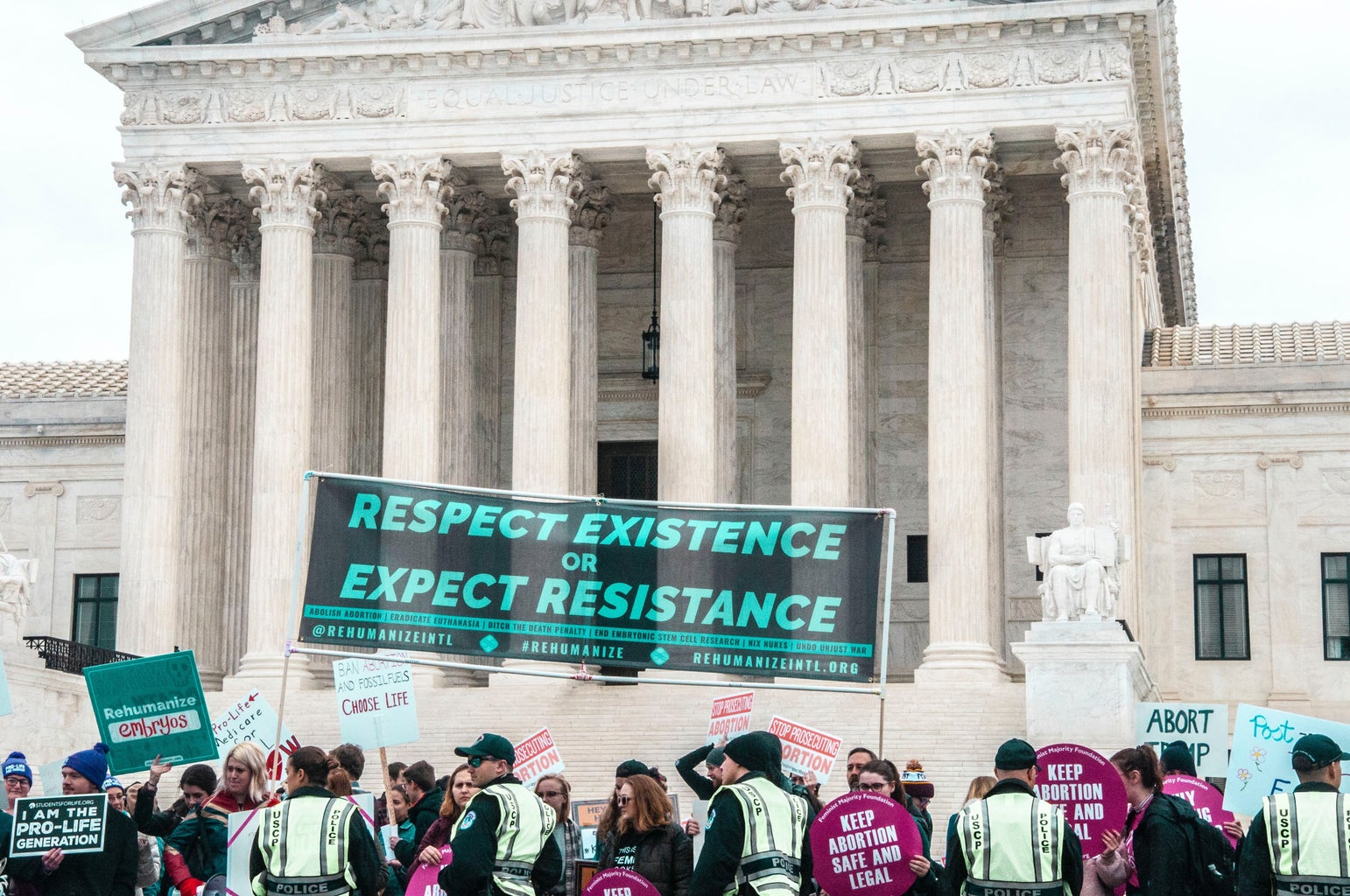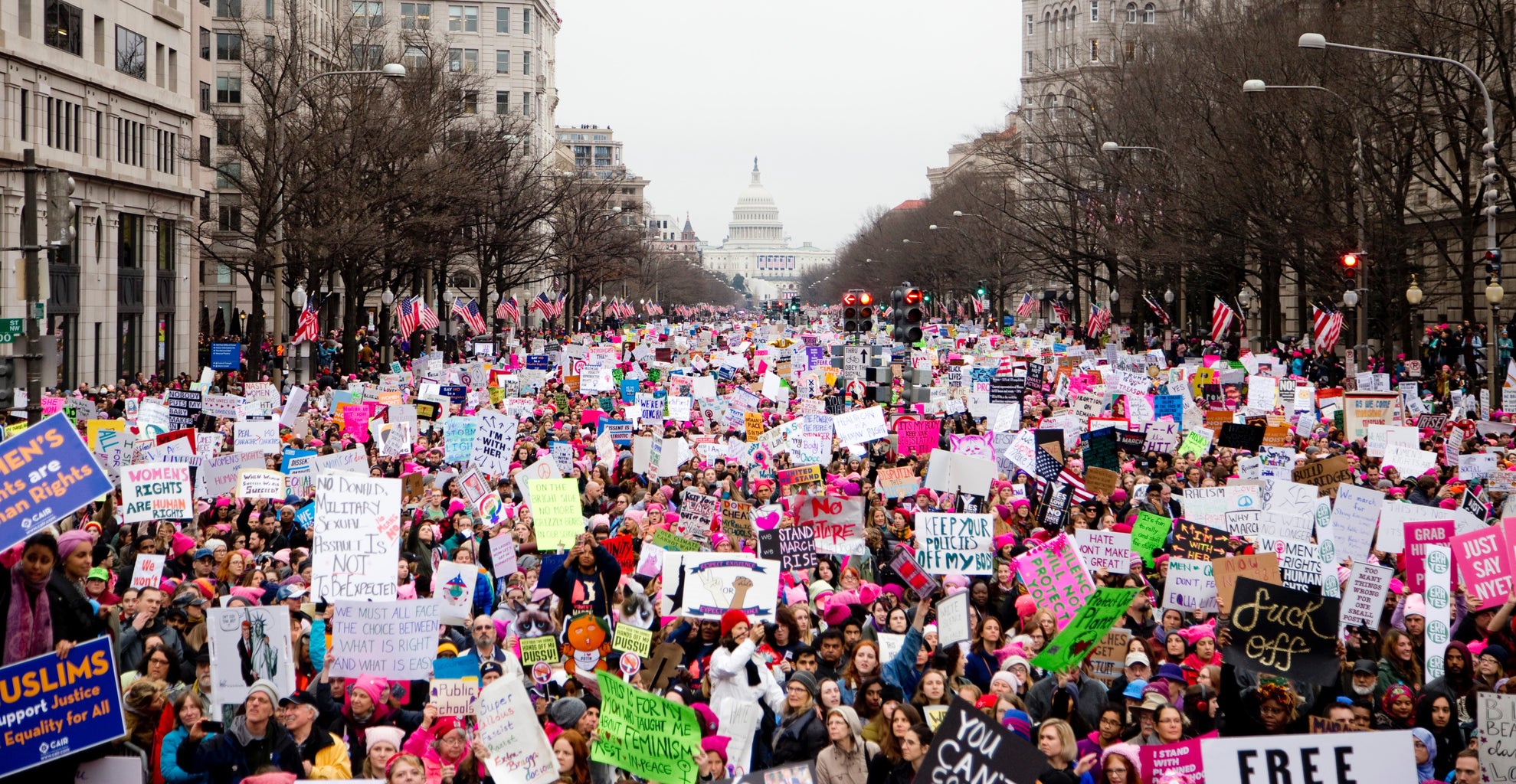If you were to ask every self-proclaimed “feminist” to define “feminism,” you’d receive a perhaps concerningly eclectic group of answers. This variety could be credited to the fact that “every self-proclaimed feminist” is a rather large group, yet the variation in the definition of “modern feminism” derives from each advocate of feminism’s separate and unique experience with the movement, and the ideologies they most align with.
Theorist and author bell hooks states that “feminism is a struggle to end sexist oppression.” Activist Gloria Steinem once defined a feminist as “…anyone who recognizes the equality and full humanity of women and men.” Facebook COO Sheryl Sandberg believes that “a truly equal world would be one where women ran half our countries and companies and men ran half our homes.” Political activist and author Angela Davis claims that “Feminism involves so much more than gender equality. And it involves so much more than gender. Feminism must involve a consciousness of capitalism…and racism, and colonialism, and post-colonialities, and ability, and more genders than we can even imagine, and more sexualities than we ever thought we could name.”
There’s value in the analysis of each of these claims in order understand how patriarchy-affected people comprehend feminism and its functions, and what we can do to shift single-issue, individualistic perspectives on the movement to become more coalition-focused. Though it took a lifetime of feminist development for me to understand this, to see feminism as “whatever you want it to be” obstructs the feminist movement from moving. What I know to be true is that relevant and accurate feminist analysis requires consciousness of the way in which identities exist at the intersections of race, class, gender, and sexuality, and how their interconnection shapes and forms individual experiences. To view feminism and the struggles of women through a deeply necessary intersectional framework is to recognize how systems of oppression are interlocking, and that individuals are either privileged or targeted by one or more of these systems. Understanding gender as being inextricably tied to one’s race, class, and sexuality broadens the goals of the feminist movement, reshaping feminism as intending to liberate all who are marginalized and oppressed.
I had always been aware of how my gender was perceived in the world, but I hadn’t vowed to take action until around middle school. Before then, I loved Barbies, fashion, the colors pink and purple, and clothes covered with glitter and sequins. Every day I would pridefully lace up my knee-high Twinkle-Toes and bedazzled jeggings. These things were considered “girly,”and “girly” was considered an insult. As a result, I put some distance between myself and my purple glitter-clad Barbie. I thought that telling everyone I hated One Direction would absolve me from this perception, but it wasn’t particularly effective considering it was a complete lie (and Niall was my favorite).
And I’ll admit, I relished the fact that we were made to do “girl push-ups” in P.E., as they weren’t as physically taxing and I wasn’t an athletic kid. I was ignorant of the issues that affected women in the real world, outside of push-ups and boy bands. As I reached middle school, I not only learned more about how deeply ingrained the patriarchy is in our society from other feminists, but I experienced a very affecting misogyny firsthand from the little Fortnite-playing, neon shorts-wearing, dick-joke making boys in my grade. Yet my feminism at that time was very much defined by a marketable version of the movement being sold on social media. I was moved and influenced by feminist Pinterest quotes and “this is what a feminist looks like” t-shirts found on Etsy.
At the time, I viewed women who were successful and powerful as feminist figures. My feminism was existent, but only beginning to scratch the surface. In high school, however, I began to introduce myself to strains of feminism that focused on feminist issues on a more intersectional level. Surprisingly, it was my older brother who, in my freshman year of high school, gifted me an anti-capitalist, feminist manifesto, titled Feminism for the 99% by Cinzia Arruzza, Nancy Fraser, and Tithi Bhattacharya. Reading this short manifesto sent me into a research spiral of radicalization. The feminism I once preached sought to uplift the individual woman by allowing her to navigate around capitalist society, rather than fight for the liberation of all people affected by systemic patriarchal oppression.
To return to Davis’ stance, feminism requires the consciousness of a multitude of other identities, and how society and our oppressive economic structures affect those identities in addition to the way they affect our gender. To quote Audre Lorde, “there is no such thing as a single-issue struggle, because we do not lead single issue lives.” Intersectionality, therefore, is a definition not only of our multifaceted identities, but how systems of oppression interlock to shift and define our experiences as a result of those identities. Intersectional frameworks force us to view feminism as more than just the belief that women and men are equal. Not only does this definition exclude people who do not identify within the gender binary, but in the world of this ideal, all women of color, transgender women, disabled women, queer women, religious women, and women of all classes must be equal to all men. Thus, the feminist movement is more than a movement to dismantle the patriarchy alone, but to destruct systemic racism, transphobia, ableism, homophobia, religious discrimination, and class exploitation. Given that feminism consists of these many layers and considerations, why should we try to define it in singular sentences?
When I began to question my own feminist practices and what they mean to me, I realized there is still so much to learn and experience as both a woman and an advocate of feminism. Despite the movement’s long history, all feminist advocates have yet to get on the same page about feminism’s meaning and how to approach its work. In order to achieve and progress toward feminist visions shaped by understandings and involvement of intersectional frameworks, there must first be a unitary notion of feminism’s meaning and values. Committing to reading feminist theory and listening to the voices of other feminist advocates allows for useful intellectual and socially conscious growth, and the comprehension of how to move towards dismantling systems of oppression to create a more livable and sustainable world for all.




